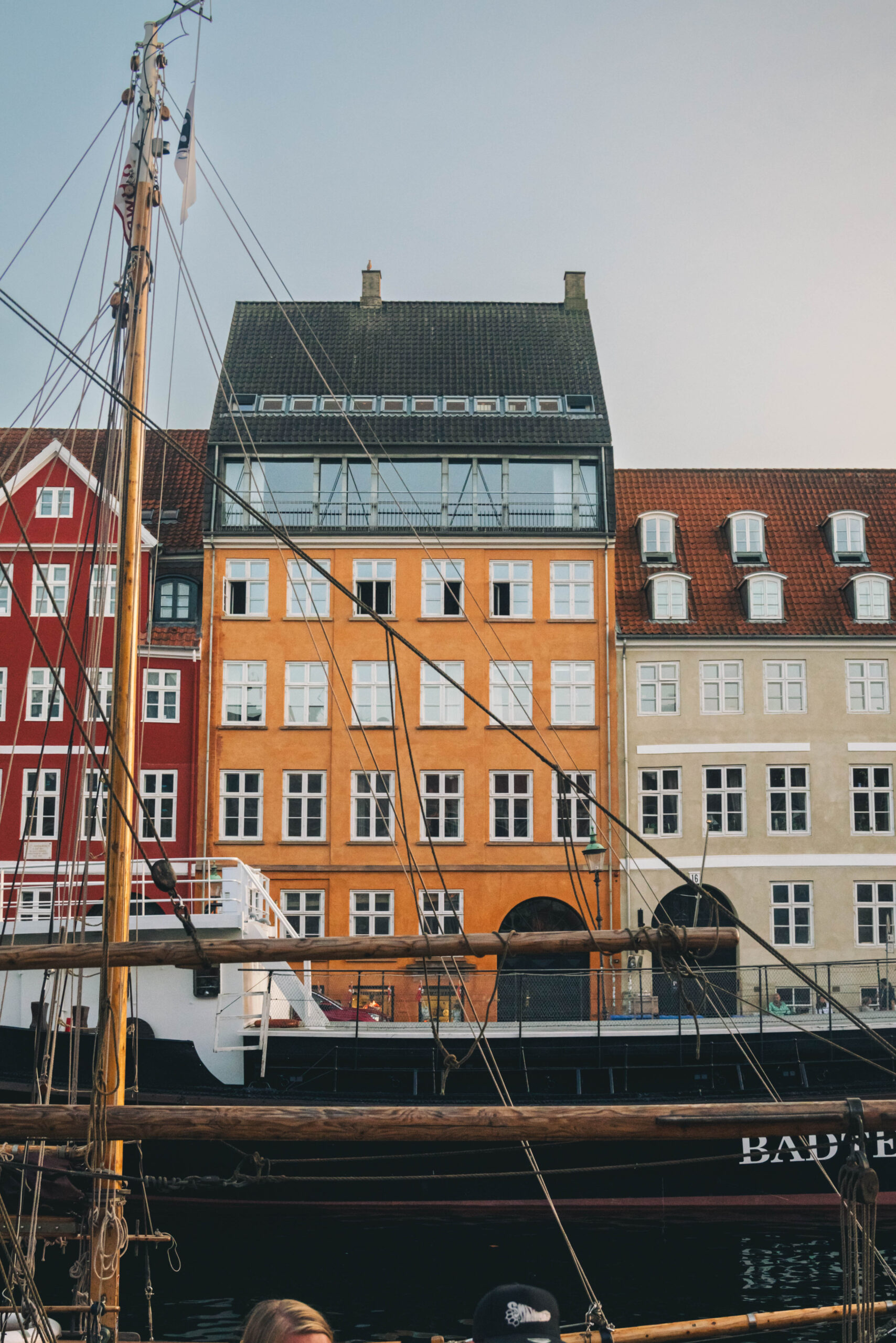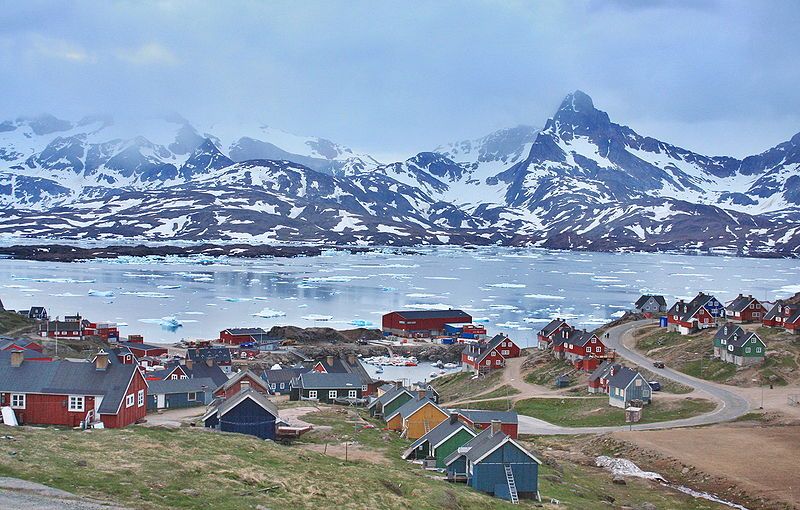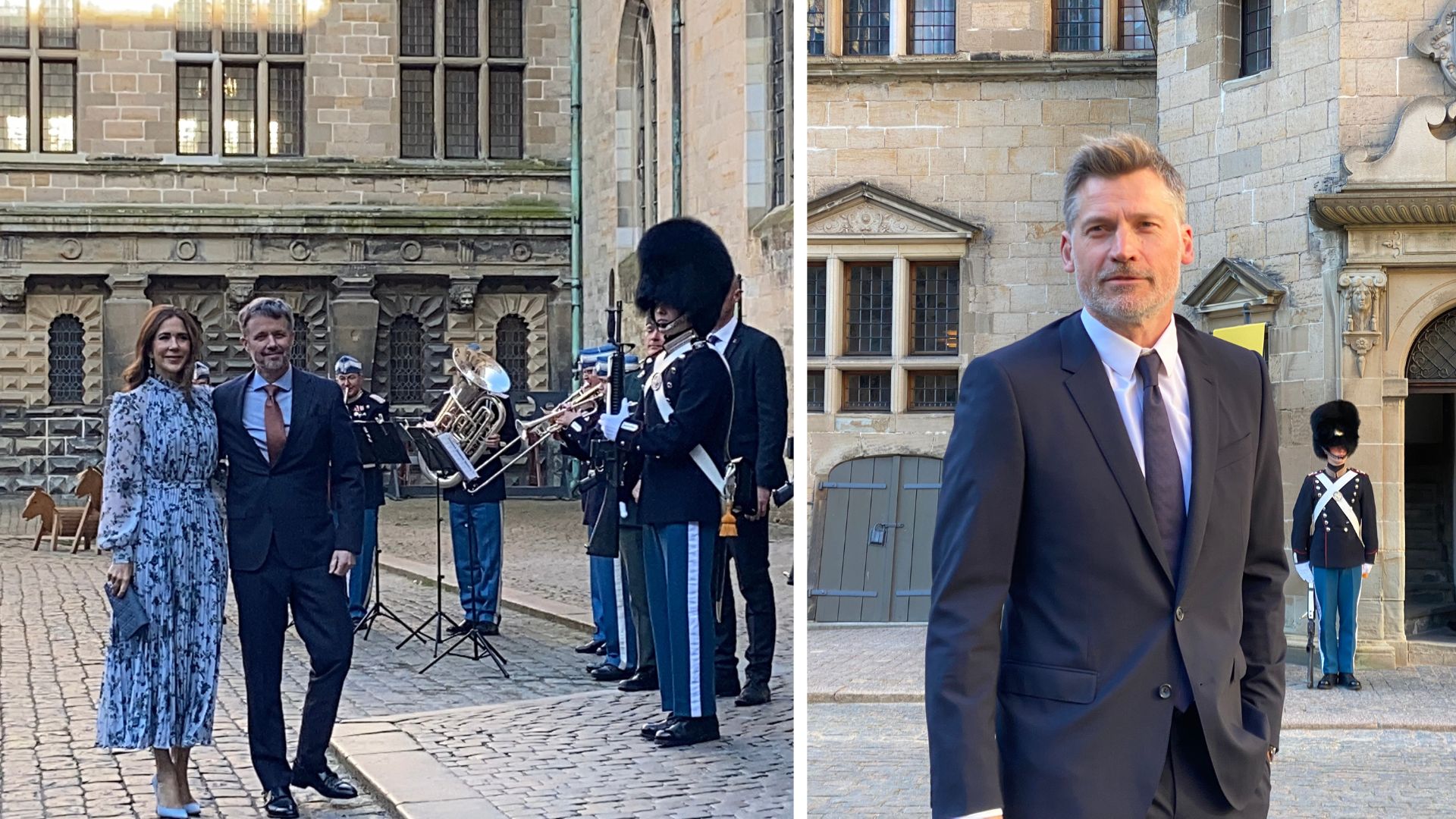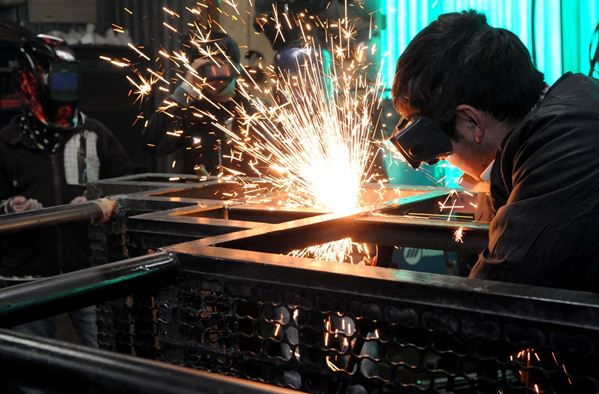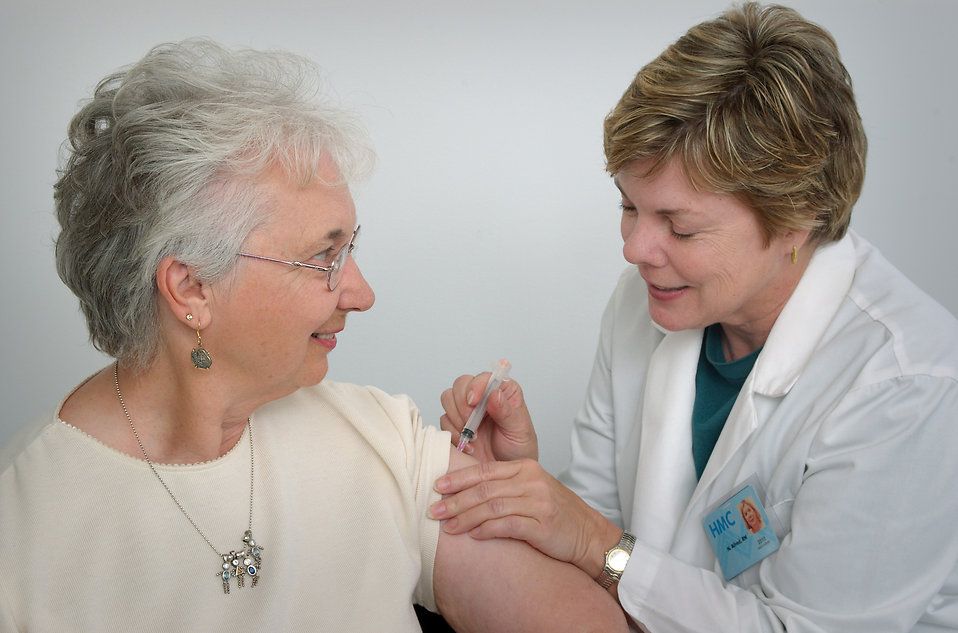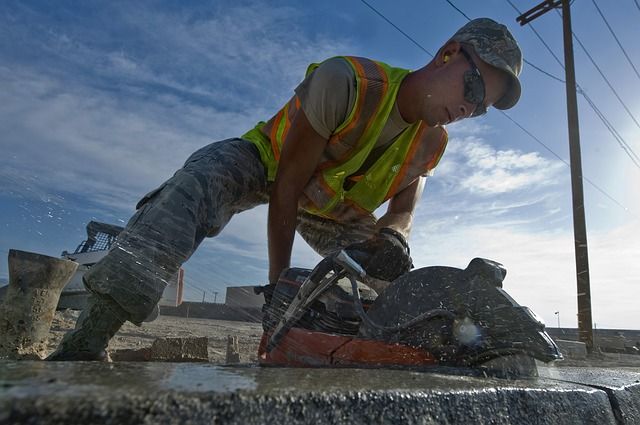A new comprehensive Danish research project has debunked the myth that Norse settlers were forced to abandon Greenland because of the adverse climate conditions.
The research by Christian Koch Madsen, a PhD student at the National Museum of Denmark, showed that the Norsemen actually stayed on the island for as much as 200 years longer, despite living in a hostile environment that continued to get colder.
”The stories we've heard until now – about the Vikings leaving because the climate worsened – are simply not correct,” Koch told the science website Videnskab.dk. ”They actually stayed there a long time and were far better at acclimatising that we previously believed.”
READ MORE: New Viking fortress found near Køge
Endured and adapted
Despite enduring a period of ten years of extremely cold winters and summers due to the beginning of the Little Ice Age (1300-1870), the Norse settlers managed to stay the course on the isolated island despite losing much of their cattle and not having enough lumber to build ships.
It has long remained a mystery why the Norsemen abruptly left Greenland and researchers had believed that they had been driven away by the cold. But Koch's research showed that the Norse settlers didn't leave Greenland for good until around 1400-1500, at least a century after it began to get colder.
The research reveals that the Norsemen were very adept at utilising the landscape around them and adapting to conditions they were unaccustomed to.
”Instead of having one field to farm intensively, they use the entire landscape, and that it quite unique,” Koch said. ”They used the outer fjords and larger areas. They travelled far and adapted in respect to the landscape's options – in areas dominated by thickets they began keeping sheep and goats.”
READ MORE: Danish Vikings invading China
Gone for good
Koch contends that when the colder climate began to manifest itself and the landscape became less conducive to keeping stock, the outer farms were abandoned and the Norse settlers centralised their holdings.
Eventually, the Norsemen were forced to abandon farming and become trappers, which saw them switch to eating marine-based food. Previous research has shown that the diet of the later Greenlandic Norse settler consisted of up to 80 percent seal.
Koch speculates that the Norsemen ended up finally departing Greenland for good because of a dwindling demand for walrus tusk combined with fewer Scandinavian merchants sailing the Greenland route, which was becoming more arduous due to the increased presence of ice.
It could also have been the less-than-friendly meeting with the Inuit in Greenland, who began moving south to the areas the Norse settlers lived because of the increasing cold in around 1300.
READ MORE: Decline of Norse a lesson for modern Greenland
”It was probably down to a collection of unfortunate events. We haven't got any closer to saying why they disappeared,” Koch said.
”But with these results we can definitely remove some of the focus on the climate mechanism, which we previously have put a lot of weight on – because it doesn't look like it was the deciding factor.”
Fact box
– According to the historic Icelandic Sagas, Erik the Red set out from Iceland in 985 with 25 ships to sail to Greenland, which he himself had discovered three years earlier, in order to get hold of the coveted walrus tusks that were considered immensely valuable throughout Europe at the time
– Erik the Red settled in south Greenland, while other ships continued north to the fjord by what is Nuuk today
– The Norse settlers caught walrus and seal, but first and foremost, they were farmers who had cattle, sheep, goats, pigs and horses
– The Norse population of Greenland never exceeded 2,500



